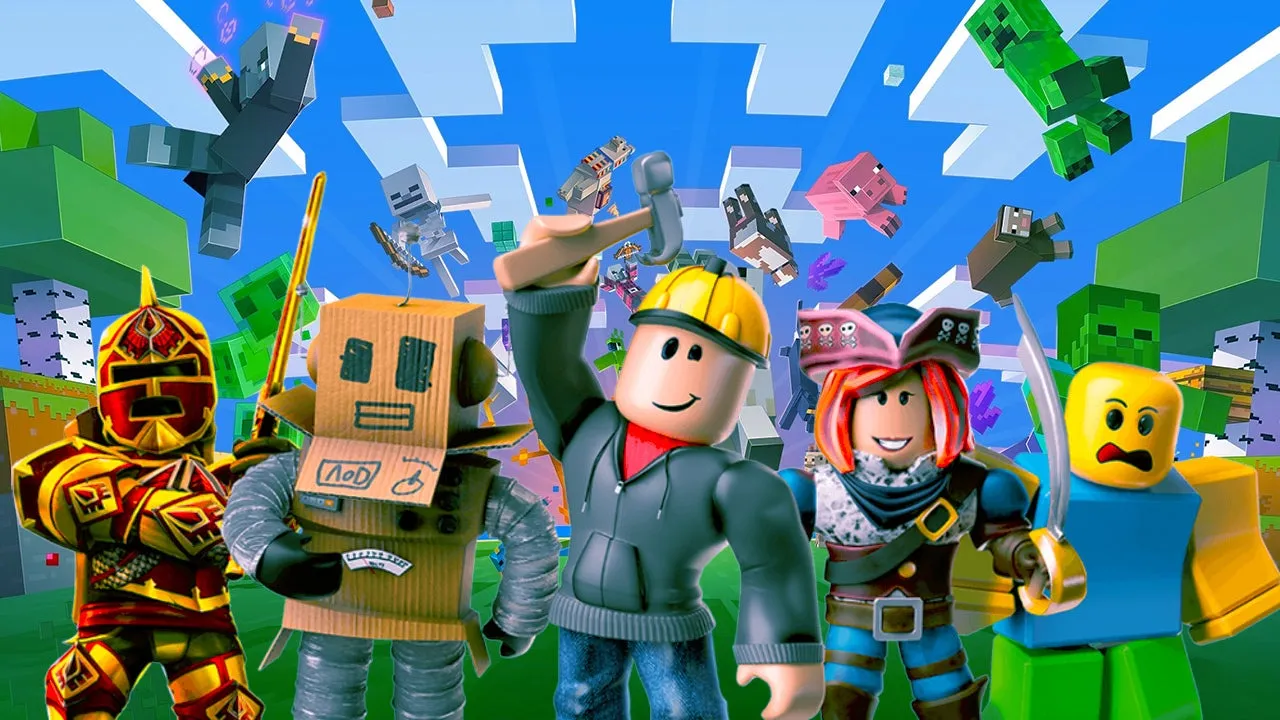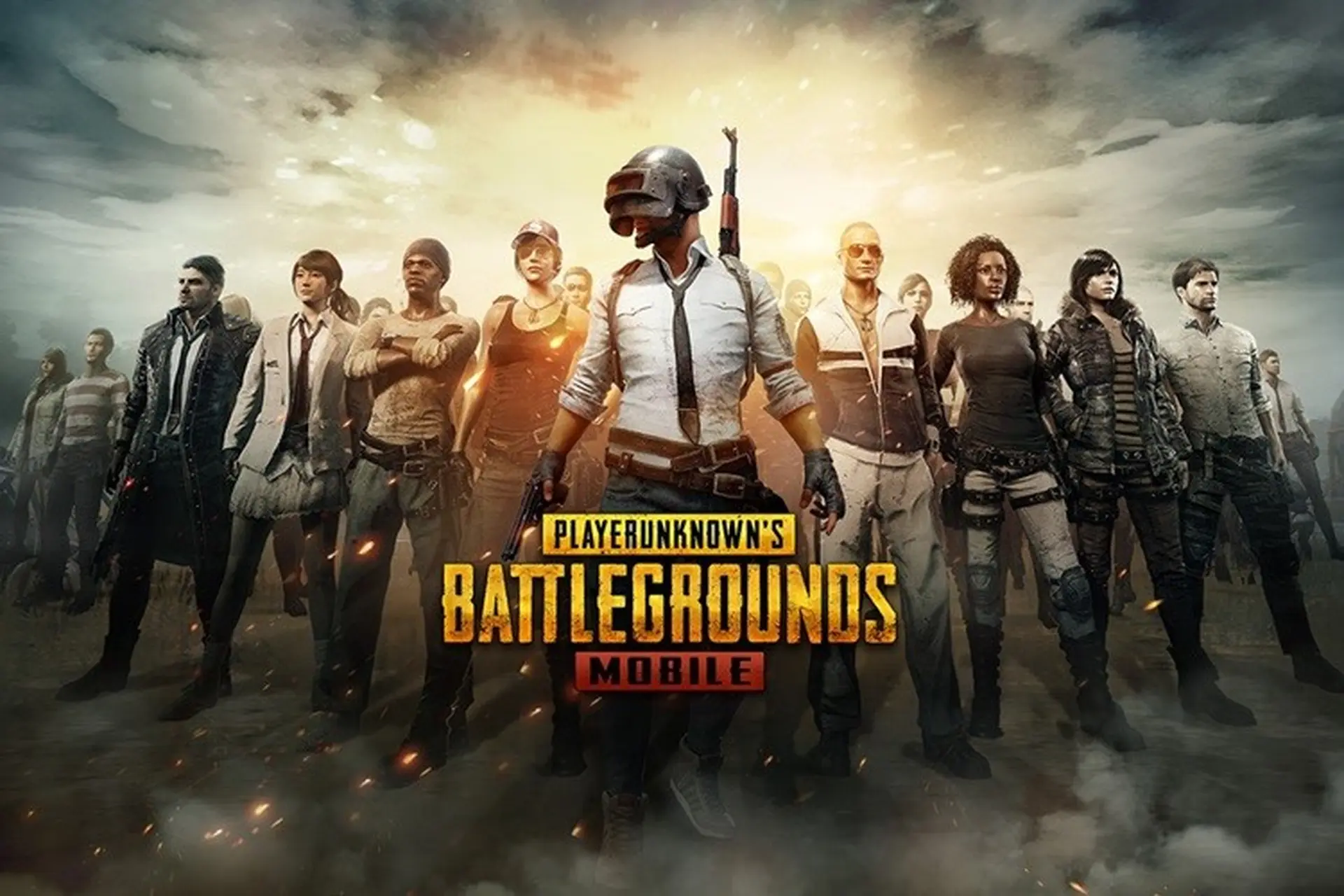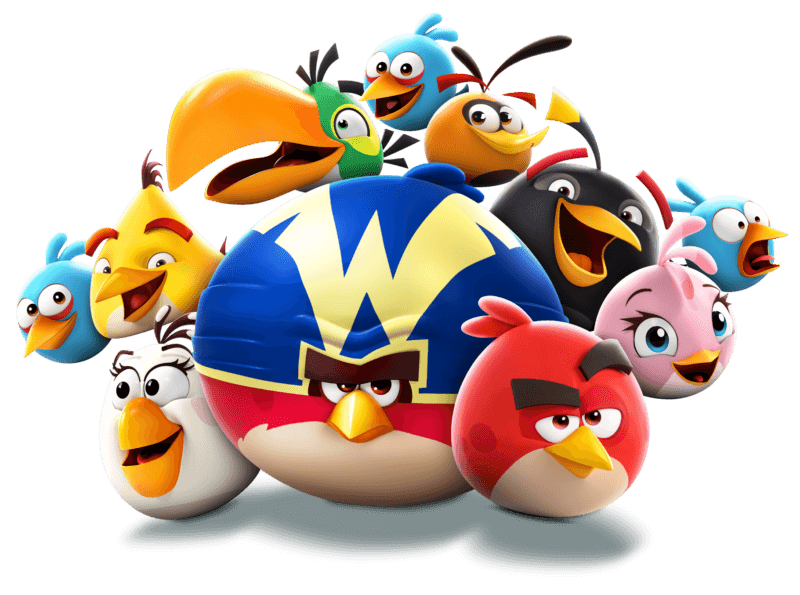The Ultimate Guide to League of Legends
Introduction
League of Legends (LoL), developed by Riot Games and released in October 2009, has become one of the most popular and influential multiplayer online battle arena (MOBA) games in the world. With a vibrant community, a diverse cast of champions, and a competitive esports scene, League of Legends has established itself as a cornerstone of modern gaming culture. This comprehensive guide will explore the game's mechanics, lore, champions, esports ecosystem, and the pros and cons that contribute to its enduring popularity.
1. The Origins of League of Legends
Development and Release
Riot Games was founded in 2006 by Brandon Beck and Marc Merrill, with the vision of creating a game that would redefine the multiplayer experience. Inspired by the popular mod Defense of the Ancients (DotA) from Warcraft III, the developers aimed to create a standalone title that would expand on the MOBA genre. After several years of development, League of Legends was officially released on October 27, 2009.
Initial Reception and Growth
The game quickly gained traction in the gaming community, with players drawn to its strategic gameplay and competitive nature. League of Legends became a staple in the esports scene, with its first major tournament, the Season One World Championship, held in 2011. As the game evolved, Riot Games introduced regular updates, new champions, and gameplay adjustments, ensuring that the game remained fresh and engaging.
2. Gameplay Mechanics
Core Gameplay Loop
League of Legends is a team-based game where two teams of five players compete to destroy the opposing team’s Nexus, the core structure located in their base. Players select champions, each with unique abilities and roles, to work together strategically. The game is played on a map known as Summoner’s Rift, which features three lanes, a jungle, and various objectives.
Roles and Positions
In League of Legends, players typically assume one of five roles:
- Top Lane: Usually occupied by tanky champions or bruisers who can absorb damage.
- Mid Lane: Often filled by mages or assassins who deal high burst damage.
- Bot Lane (ADC and Support): The ADC (Attack Damage Carry) focuses on dealing damage, while the Support assists by providing utility and protection.
- Jungle: The jungler roams the spaces between lanes, securing objectives and assisting teammates.
Understanding each role and how they interact is crucial for success in the game.
3. Champions and Abilities
Champion Diversity
League of Legends features over 150 champions, each with unique abilities, playstyles, and lore. This diversity allows players to find champions that suit their preferences, whether they enjoy dealing damage, tanking, or providing support to teammates.
Champion Abilities
Each champion possesses a set of abilities that enhance their gameplay. These include:
- Passive Ability: An innate skill that provides a constant effect or bonus.
- Basic Abilities: Typically, champions have three basic abilities that can be activated.
- Ultimate Ability: A powerful ability that usually has a longer cooldown and can turn the tide of battle.
Understanding champion abilities and their interactions is essential for mastering the game.
4. The Map and Objectives
Summoner’s Rift
The primary map for League of Legends is Summoner’s Rift, designed with strategic gameplay in mind. The map features three lanes (top, middle, bottom) and a jungle area, each with its own unique characteristics and objectives.
Key Objectives
The game includes various objectives that teams can secure to gain advantages:
- Turrets: Structures that defend lanes and provide gold when destroyed.
- Dragon: A powerful creature that grants buffs to the team that slays it.
- Baron Nashor: A formidable monster that, when defeated, grants a buff to the entire team, enhancing their capabilities.
Securing these objectives is crucial for gaining the upper hand in matches.
5. The Competitive Scene
Rise of Esports
League of Legends has played a significant role in the rise of esports, with professional leagues and tournaments attracting millions of viewers worldwide. The game’s competitive scene features various leagues, including the League of Legends Championship Series (LCS) in North America and the League of Legends European Championship (LEC) in Europe.
Major Tournaments
The highlight of the competitive calendar is the
World Championship, held annually. This tournament showcases the best teams from around the world, culminating in a grand finale that draws massive viewership. The event has become a cultural phenomenon, featuring elaborate productions and fan engagement.
6. Community and Culture
Player Engagement
The League of Legends community is vast and diverse, with millions of players worldwide. Riot Games actively engages with players through social media, community events, and regular updates. The company encourages player feedback, which shapes the game’s development.
Fan Creations and Content
The game has inspired a wealth of fan content, including art, videos, and fan fiction. The community is also known for its memes, which often reflect the humor and frustrations of playing the game. This culture fosters a sense of belonging among players.
7. Updates and Balancing
Regular Patches
Riot Games commits to maintaining a balanced gameplay experience through regular patches and updates. These patches often include champion reworks, item adjustments, and gameplay changes, ensuring that no single strategy dominates the game.
Seasonal Changes
Each season introduces new content and changes to the game’s mechanics. This keeps the meta fresh and encourages players to adapt their strategies. The introduction of new champions and items further enhances this dynamic.
8. The Future of League of Legends
Continued Evolution
Riot Games has announced plans to continue evolving League of Legends with new champions, gameplay mechanics, and balance changes. The company aims to keep the game fresh and engaging for both new and veteran players.
Expanding the Universe
The League of Legends universe is also expanding through various media, including animated series, comics, and spin-off games. This expansion allows players to explore the lore and characters in greater depth, enriching the overall experience.
9. Conclusion
In conclusion,
League of Legends stands as a monumental achievement in the gaming industry, combining strategic gameplay, a rich competitive scene, and a passionate community. Its continuous evolution and commitment to player engagement ensure that it remains relevant and exciting. While there are challenges, such as the steep learning curve and occasional toxicity, the overall experience is rewarding for players willing to invest their time. As Riot Games continues to innovate and expand the League of Legends universe, the game is sure to endure as a staple in the world of esports and gaming culture.































